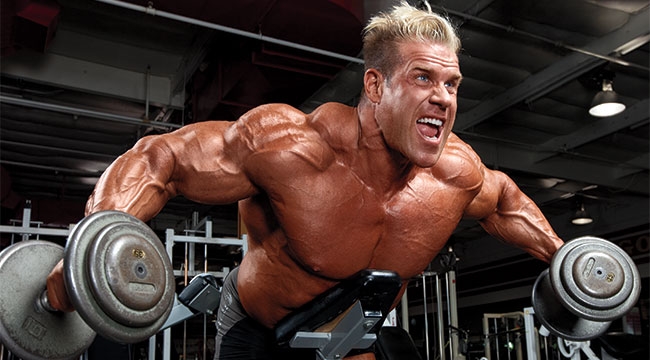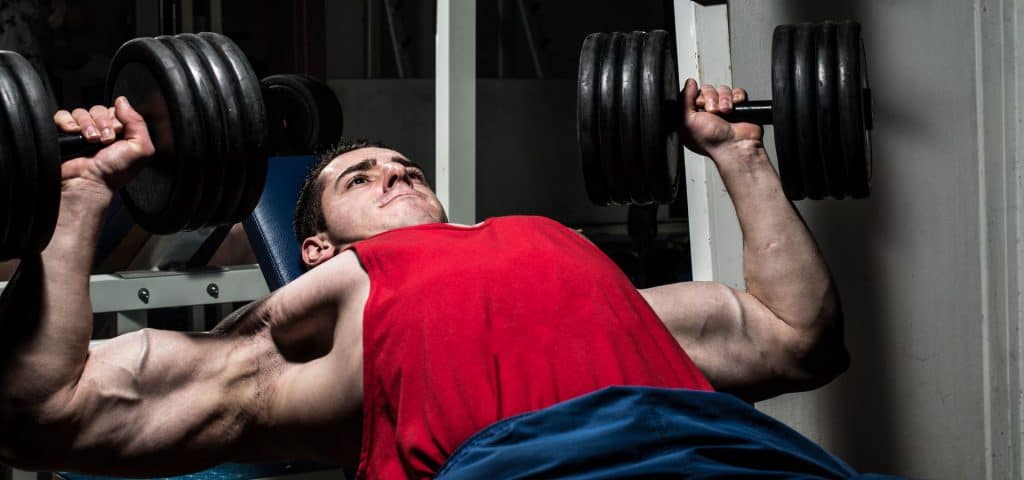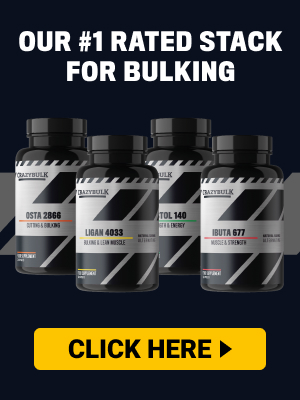The Complete PHUL Workout Guide: Power Hypertrophy Upper Lower Program
When you first start lifting, almost any program works — progress comes fast, and your body responds quickly. But as you move into the intermediate stage, you need a more structured approach. That’s where the PHUL program comes in.
PHUL stands for Power Hypertrophy Upper Lower. It’s a 4-day training split that blends strength-focused power training with muscle-building hypertrophy training. In other words, you’re building a program that gives you the best of both worlds:
- The raw strength gains from heavy compound lifts
- The muscle size and definition from higher-rep hypertrophy work
In this guide, we’ll cover everything you need to know about PHUL:
- What the PHUL workout is (and why it works)
- The science behind power + hypertrophy training
- A full 4-day sample routine
- Who PHUL is best suited for
- Common mistakes and how to avoid them
- How PHUL compares to PHAT, PPL, and other popular programs
What Is the PHUL Workout?
The PHUL program is structured around four weekly workouts:
- Day 1: Upper Power
- Day 2: Lower Power
- Day 3: Upper Hypertrophy
- Day 4: Lower Hypertrophy
The philosophy is simple:
- Power Days: You lift heavy, using lower rep ranges (3–6 reps). The focus is progressive overload, building raw strength in compound lifts like the squat, bench press, deadlift, and overhead press.
- Hypertrophy Days: You increase volume, work in moderate rep ranges (8–12+ reps), and target muscle growth with both compound and isolation work.
👉 This dual focus makes PHUL perfect for lifters who want to get both stronger and bigger at the same time.
The Science Behind PHUL
Why Power + Hypertrophy Together Works
- Power Days: Training in lower rep ranges with heavier weights builds neural efficiency, improving your ability to recruit muscle fibers and handle heavier loads. This translates into greater strength capacity.
- Hypertrophy Days: Moderate-to-high rep ranges create metabolic stress, mechanical tension, and muscle damage — the three pillars of hypertrophy. This drives actual muscle growth.
By alternating between the two, PHUL gives you strength that supports size, and size that supports strength.
Training Frequency
PHUL trains every muscle group twice per week — which research consistently shows is superior for hypertrophy compared to once-a-week “bro splits.”
Progressive Overload
PHUL emphasizes tracking lifts and adding weight or reps over time. This is crucial for long-term gains, and the program’s built-in balance of strength and hypertrophy work makes it easier to sustain progress.
PHUL Workout Program: Weekly Layout
Here’s the standard PHUL 4-day split:
- Day 1 – Upper Power
- Day 2 – Lower Power
- Day 3 – Rest
- Day 4 – Upper Hypertrophy
- Day 5 – Lower Hypertrophy
- Days 6 & 7 – Rest (or active recovery)
Sample PHUL Routine (Exercises, Sets, Reps)
Here’s a complete PHUL program template you can follow.
Day 1 – Upper Power
- Bench Press – 4×3–5
- Barbell Row – 4×3–5
- Overhead Press – 3×5–6
- Weighted Pull-Ups (or Lat Pulldown) – 3×6–8
- Barbell Curl – 3×8–10
- Skull Crushers – 3×8–10
Day 2 – Lower Power
- Squat – 4×3–5
- Deadlift – 3×3–5
- Leg Press – 3×6–10
- Romanian Deadlift – 3×6–8
- Standing Calf Raise – 4×8–10
Day 4 – Upper Hypertrophy
- Incline Dumbbell Press – 4×8–12
- Seated Cable Row – 4×8–12
- Dumbbell Lateral Raises – 4×12–15
- Pull-Ups (bodyweight or assisted) – 4×8–12
- Dumbbell Bicep Curl – 3×12–15
- Tricep Pushdowns – 3×12–15
- Face Pulls – 3×12–15
Day 5 – Lower Hypertrophy
- Front Squat (or Hack Squat) – 4×8–12
- Romanian Deadlift – 4×8–10
- Walking Lunges – 3×12 each leg
- Leg Curls – 3×12–15
- Standing Calf Raise – 4×12–20
- Hanging Leg Raises – 3×12–15
👉 Rest days are flexible. Just make sure you’re fully recovered before heavy sessions.
Who Is PHUL Best For?
- Intermediate lifters: Beginners usually make faster progress with simple full-body programs (like 5×5). PHUL is better once you’ve built a base.
- Lifters who want strength + size: If you want to squat, bench, and deadlift heavier while also building muscle mass, PHUL is ideal.
- Time-limited lifters: With just 4 training days, PHUL balances effectiveness and schedule flexibility.
Common Mistakes in PHUL
- Neglecting progression: You must track and increase loads over time — otherwise, you’ll stall.
- Adding too much accessory work: PHUL already has solid volume. Adding junk volume = burnout.
- Poor recovery: Heavy + hypertrophy work takes a toll. Sleep, nutrition, and deload weeks are non-negotiable.
- Starting too heavy: Pick manageable weights. Going too heavy too soon wrecks recovery.
PHUL vs PHAT vs PPL vs Bro Split
- PHUL vs PHAT:
- PHAT is 5 days/week and higher volume.
- PHUL is simpler, 4 days/week, and easier to recover from.
- Choose PHUL if you’re intermediate, PHAT if you’re advanced.
- PHUL vs PPL:
- PPL is more flexible for 6-day training.
- PHUL offers better balance if you want 4 days/week.
- PHUL vs Bro Split:
- Bro Split = once per week per muscle.
- PHUL = twice per week, better for naturals.
Progression & Modifications
Progression
- Add 2.5–5 lbs to compound lifts weekly (if you can complete all reps).
- Increase reps before increasing load on hypertrophy lifts.
- Deload every 6–8 weeks (reduce weights by ~50% for one week).
Modifications
- If 4 days feels too much, alternate Power/Hypertrophy sessions 3× per week.
- If you want more volume, add an optional 5th day for weak points (arms, abs, rear delts).
Final Thoughts
The PHUL workout is one of the most balanced, effective, and sustainable routines for intermediate lifters. It bridges the gap between strength training and bodybuilding, giving you a program that’s not only about moving big weight but also about building a physique that looks the part.
If you’re ready to progress beyond beginner programs but don’t want the extreme volume of PHAT or the frequency demands of PPL, PHUL might be the perfect fit.
Stick with it for 12–16 weeks, track your lifts, and fuel your recovery — the results will speak for themselves.
🔗 Next Steps:
- Compare PHUL vs [PHAT Workout Program]
- Learn the [Upper/Lower Split Routine]
- Read our guide on [How to Track Progress as a Beginner]







